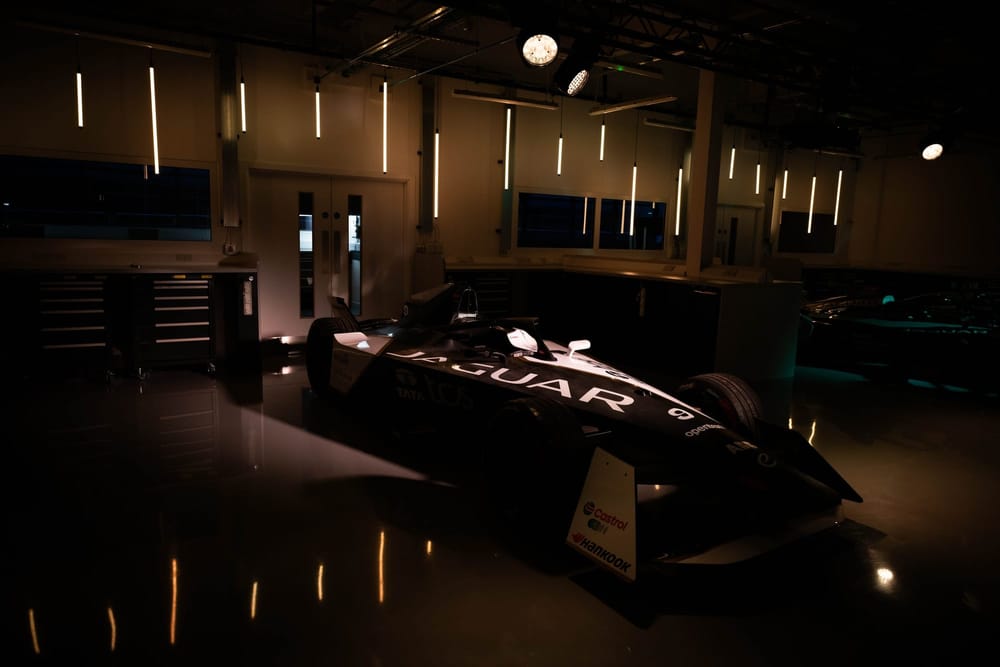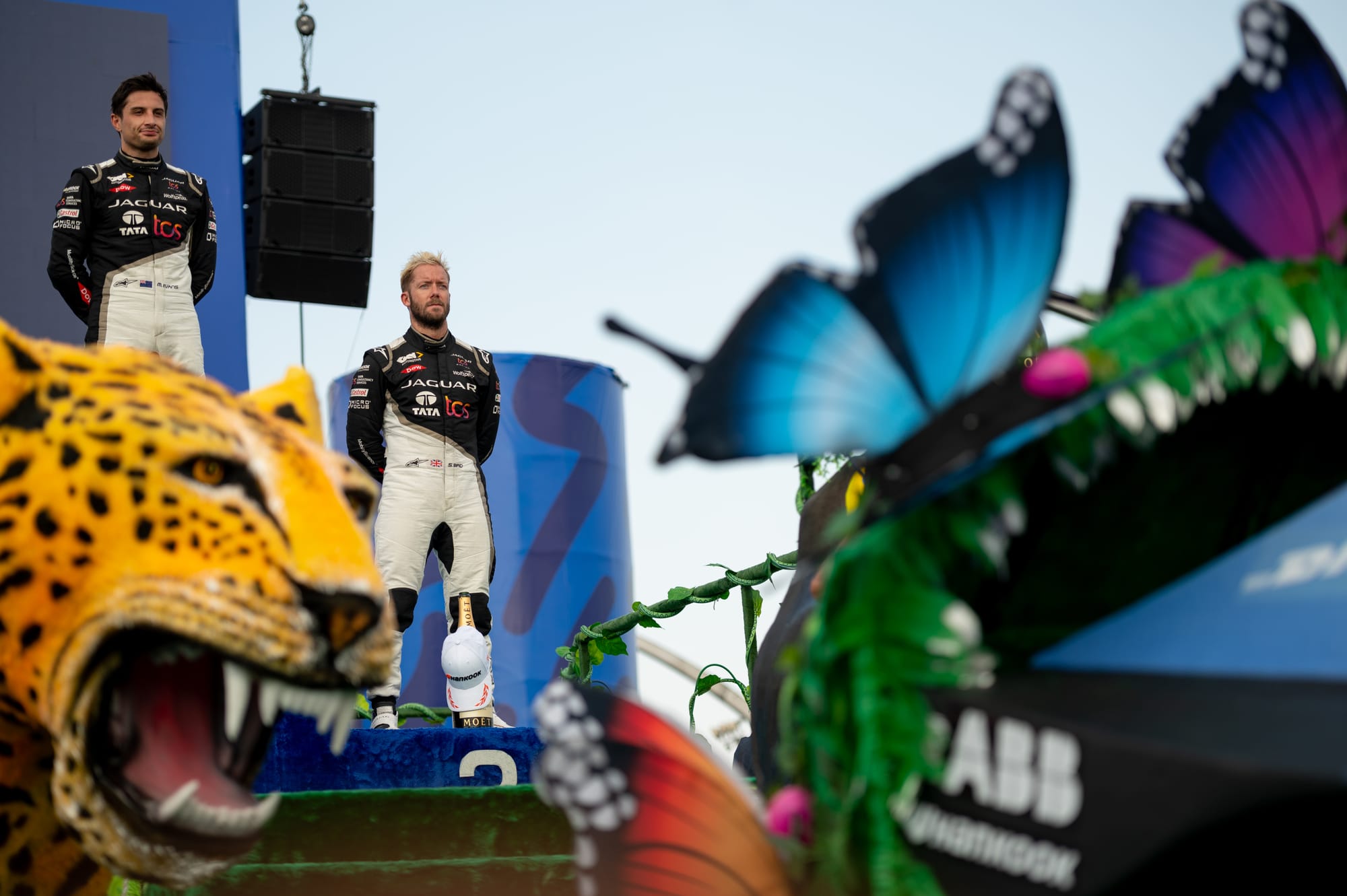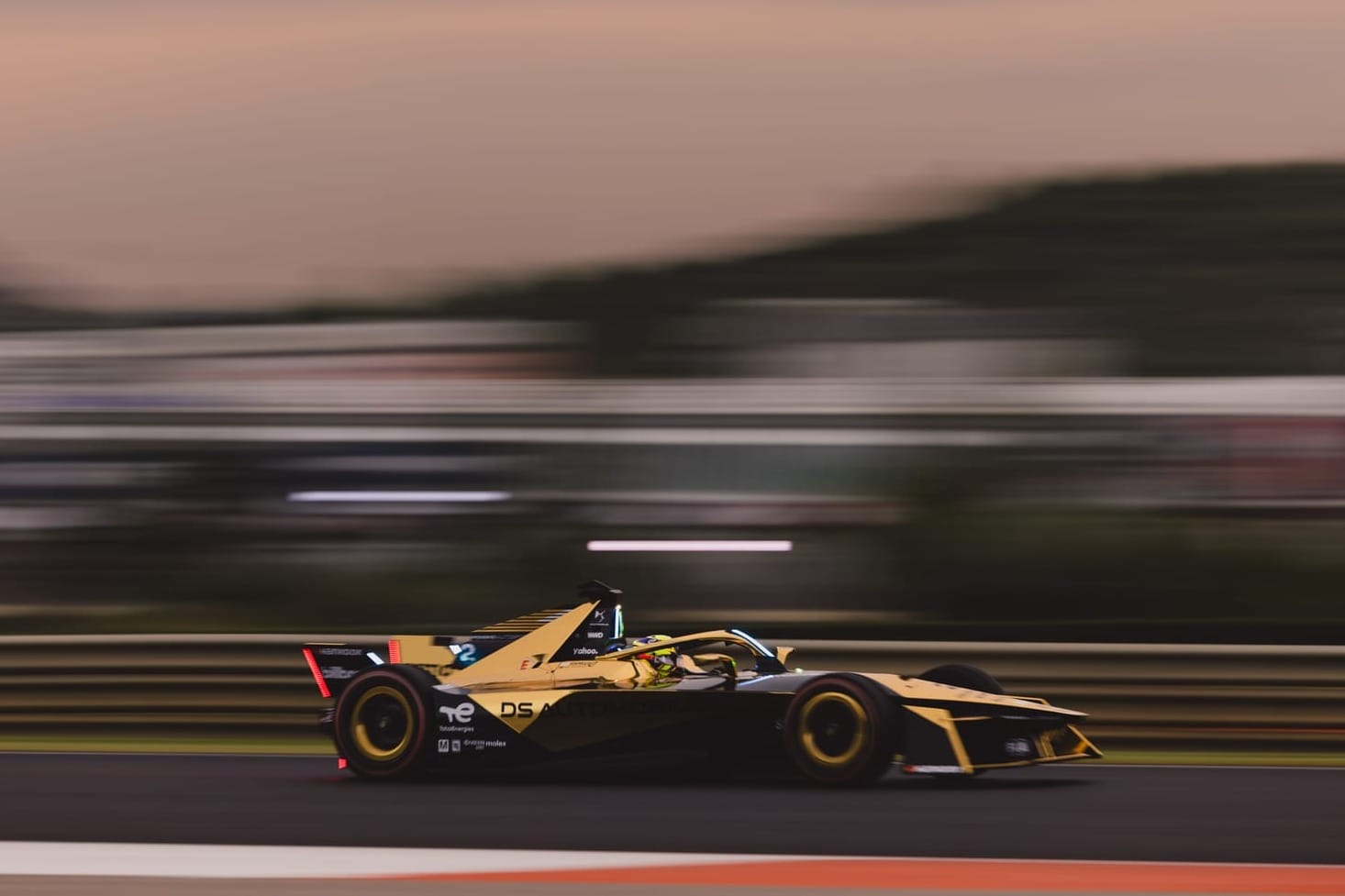It's almost precisely eight years to the day since Jaguar announced its then 13-year absence from international motorsport was ending. The proclamation, that it would be joining Formula E, was delivered from the lofty vista of The Shard in London - so it was clear from the genesis moment that its ambitions were equally exalted.
Seven seasons in Formula E later and despite the lack of an elusive title, the signs are that not only is the 'Big Cat' in good health but a degree of purring is going on. The manifestation of that, or certainly a big part of it, is its new headquarters that were opened late last month.
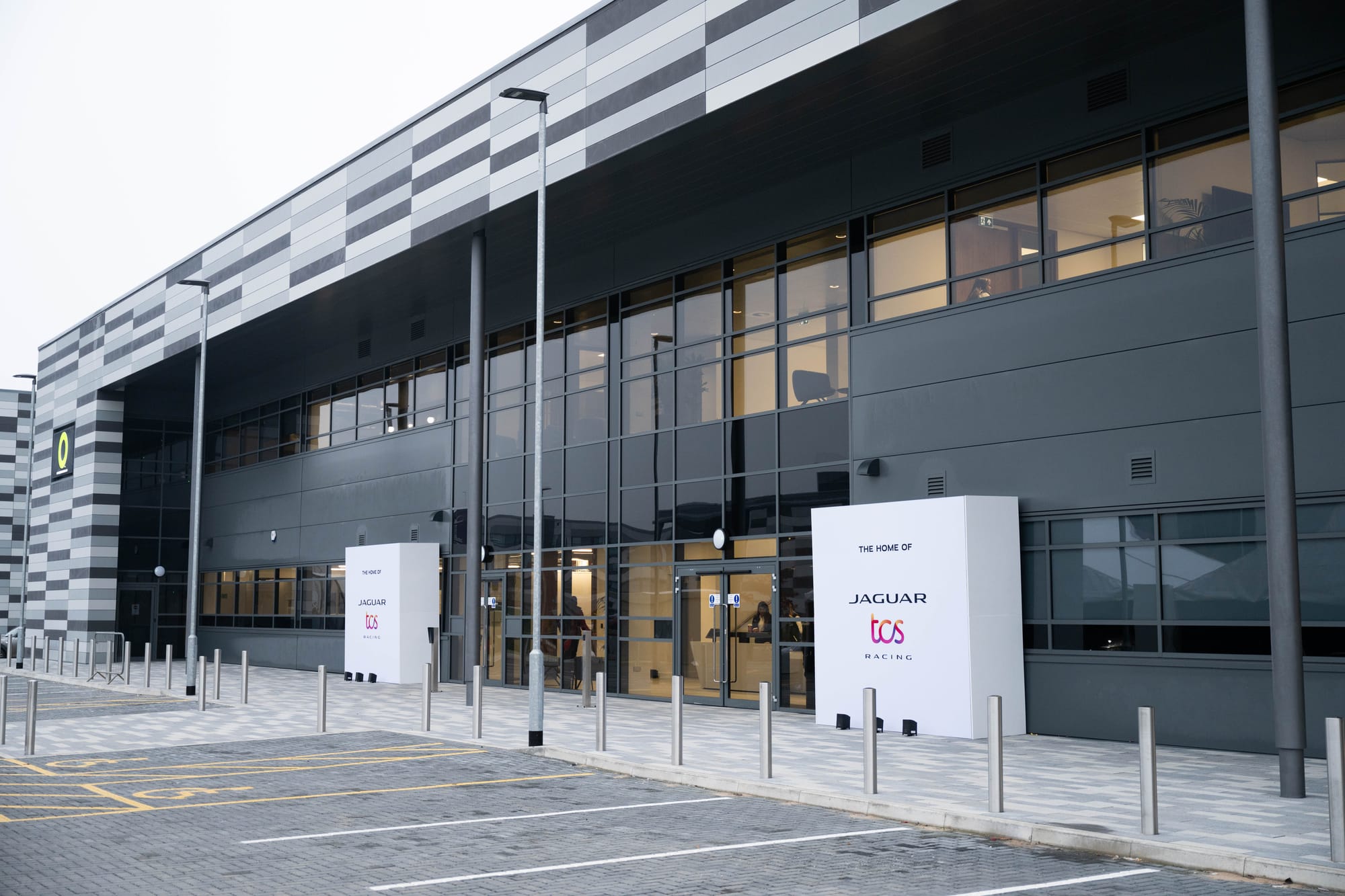
This is a Formula 1-spec facility minus the windtunnel (not needed for Formula E) and a seven-post vehicle dynamic test rig (sometimes needed but cheaper to hire). Its air of efficiency and clever use of light makes for a very pleasant way of working and the embedding of technical partners ensures that design, manufacturing, and development is all under one roof.
Jaguar was very clever when it returned to motorsport via the all-electric channel. It got a good head start as it partnered with what was then called Williams Advanced Engineering, now the WAE concern, and had its programme run mostly via the Grove facility that houses that company and Williams F1 team.
There was an edge to the deal though. Its rivals pointed to an uncomfortable closeness with a crucial spec component provider (WAE had the Formula E battery deal in the Gen1 era and later again for Gen3). That question of integrity has always robustly been defended by the team as a completely separate entity, one which does have completely split IT departments and has also been scrutinised by the FIA.
Where the new technical HQ really impresses is in its embedding of other key suppliers. Jaguar's portfolio of technical partners outside of WAE includes specific silicon carbide technology via Wolfspeed, thermal conductive material programmes with Dow, and re-refined transmission fluid via Castrol, a company that has heritage links to Jaguar via its iconic IMSA programme in the late 1980s and early 1990s.
Additionally, when The Race got a rare invitation in to the remote operations room at Kidlington it became evident that as well as Jaguar’s own team of engineers it was working in a fully integrated way with several of its key suppliers. This is not common practice for manufacturers in the Formula E paddock, yet.
At the Sao Paulo E-Prix last March, a large percentage of Mitch Evans's transition from being last and lost in practice to qualifying third just 90 minutes later was via the work being conducted by Jaguar's information management partner OpenText and its simulator driver Tom Dillmann.
In that time, Dillmann knuckled down and between him and the engineers found key benefits from a set-up change that opened the door for Evans to progress and get into a position to execute his first race win of the season.
It was arguably Evans’s finest win of the season in what was essentially the first ultra-energy saving race of the Gen3 era - one that memorably allowed him and the team to ride a giant papier mache carnival Jaguar on the podium.
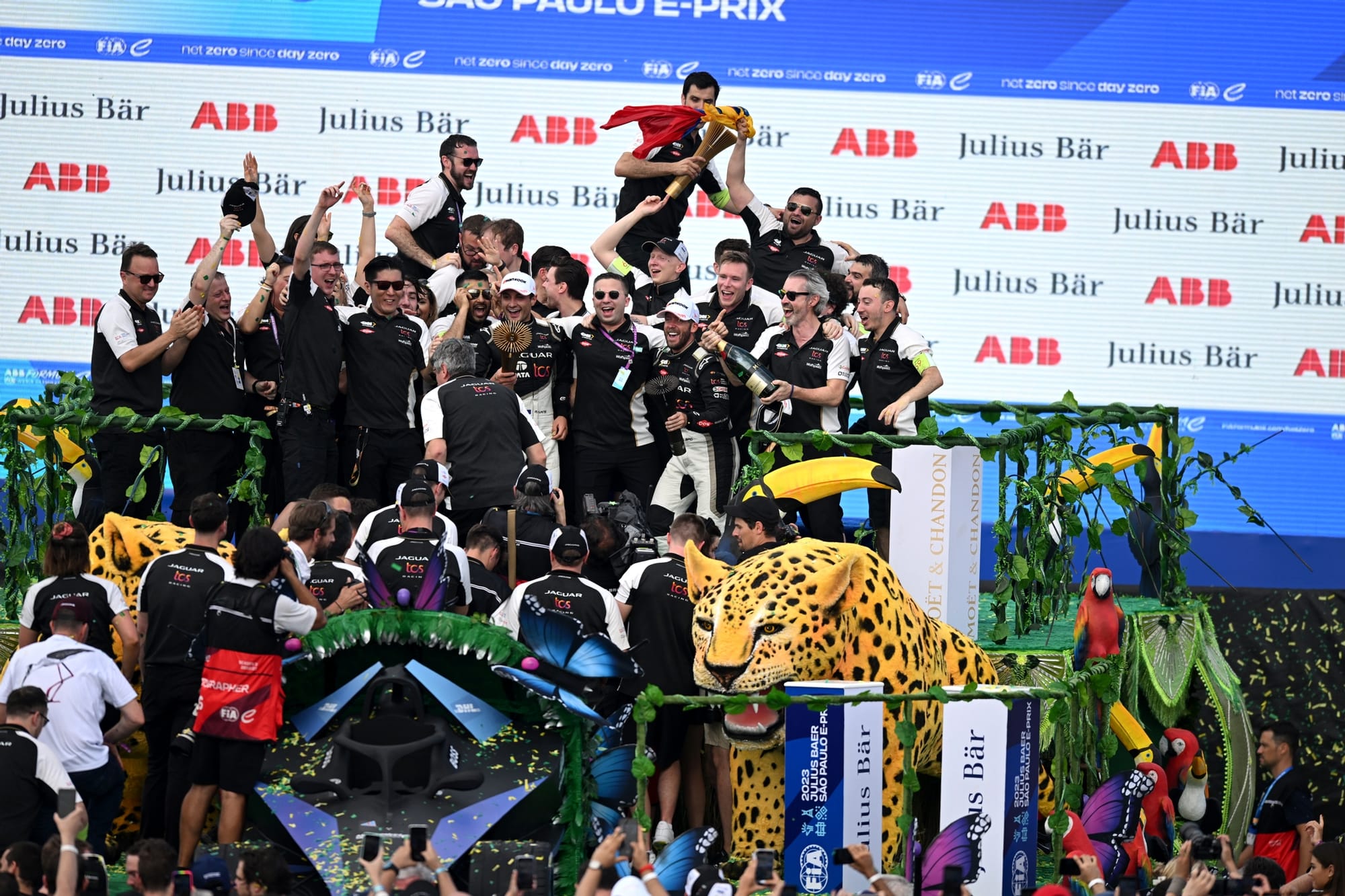
Evans wasn’t at The Shard that day in December 2015 but in September the following year he was unveiled alongside Adam Carroll in Jaguar’s first Formula E line-up. Evans has been ever-present since that time. Speaking to The Race at the new Jaguar HQ, Evans was not shy to insist that he “did see the vision” in the early days of Jaguar’s commitment to all-electric motorsport.
“I started to be part of that progress on and off the track,” Evans added. “It was just constantly always getting better, there was just kind of no reason for me to look elsewhere, even though there was definitely opportunities for me to move.”
Evans had at least one solid offer from Porsche and there were moments when he was seriously tempted. But it always came down to the momentum that he and the team were building. It was one that ticked off some quick milestones: first podium (Hong Kong 2017, below); first pole (Zurich 2018); first win (Rome 2019); and title challenges in 2021, 2022 and 2023.
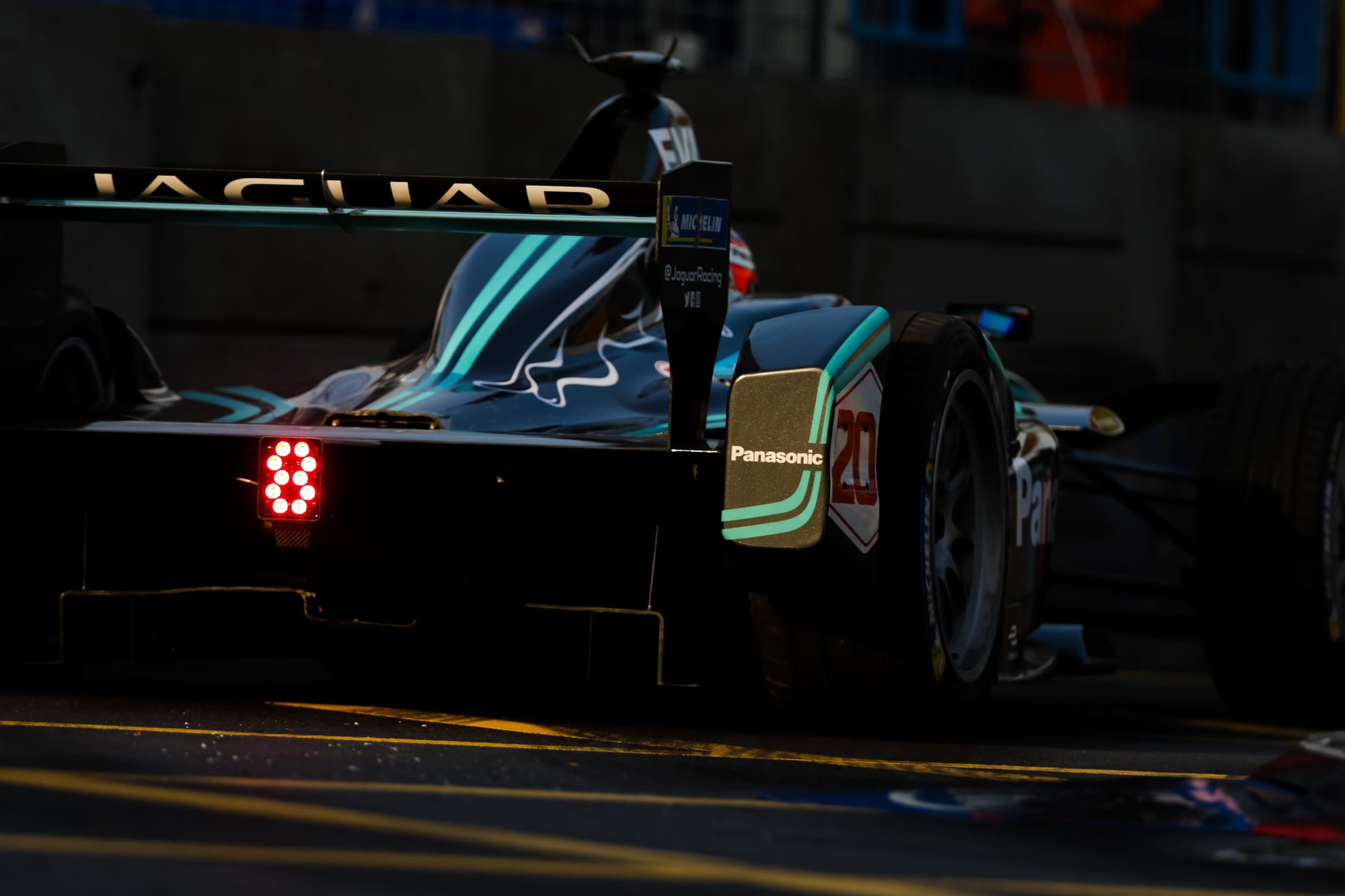
The Kiwi has matured massively since he joined at the end of 2016. Then a 23-year-old still ravaged by a justified bitterness that he wasn’t going to make it onto the F1 grid, the frustration boiled over frequently.
In more recent years, he’s become much more attuned to the bigger picture of what Jaguar is building, knowing that continuity is much more likely to bring ultimate title success.
“With the brand strategy, going forward on the automotive side, that backs it up to another level and to see the commitment here in the new facility, for me it's a team that's striving to be the best,” said Evans.
“We just hope the next step in our journey is winning titles now. If we do manage to win [the title] it's happened a bit later than what we would have wanted because we've been in great positions for a long time.
“But we've always been there for a number of years and I think we're definitely one of the leading manufacturers in the championship, so we’ve a lot to be proud of. But obviously that title is definitely something we need to tick off now.”
If Jaguar is to do it in 2024 - and, although not a single person in the new facility will say it, it is among the favourites - they will do it without its technical leader of recent seasons Phil Charles.
His departure in October (Charles remains on gardening leave ahead of his move to DS Penske) was a shock internally and externally. But team principal James Barclay, another ever-present with the Formula E programme, was insistent that the strength in depth Jaguar has will limit any destabilisation.
“You always have to have in mind that people will move; one of the downsides of success is you get very heavily targeted by your competitors,” he told The Race.
“Eventually, I guess those opportunities aren't turned down. It's sad to see really, but we wish Phil all the best in this new venture.
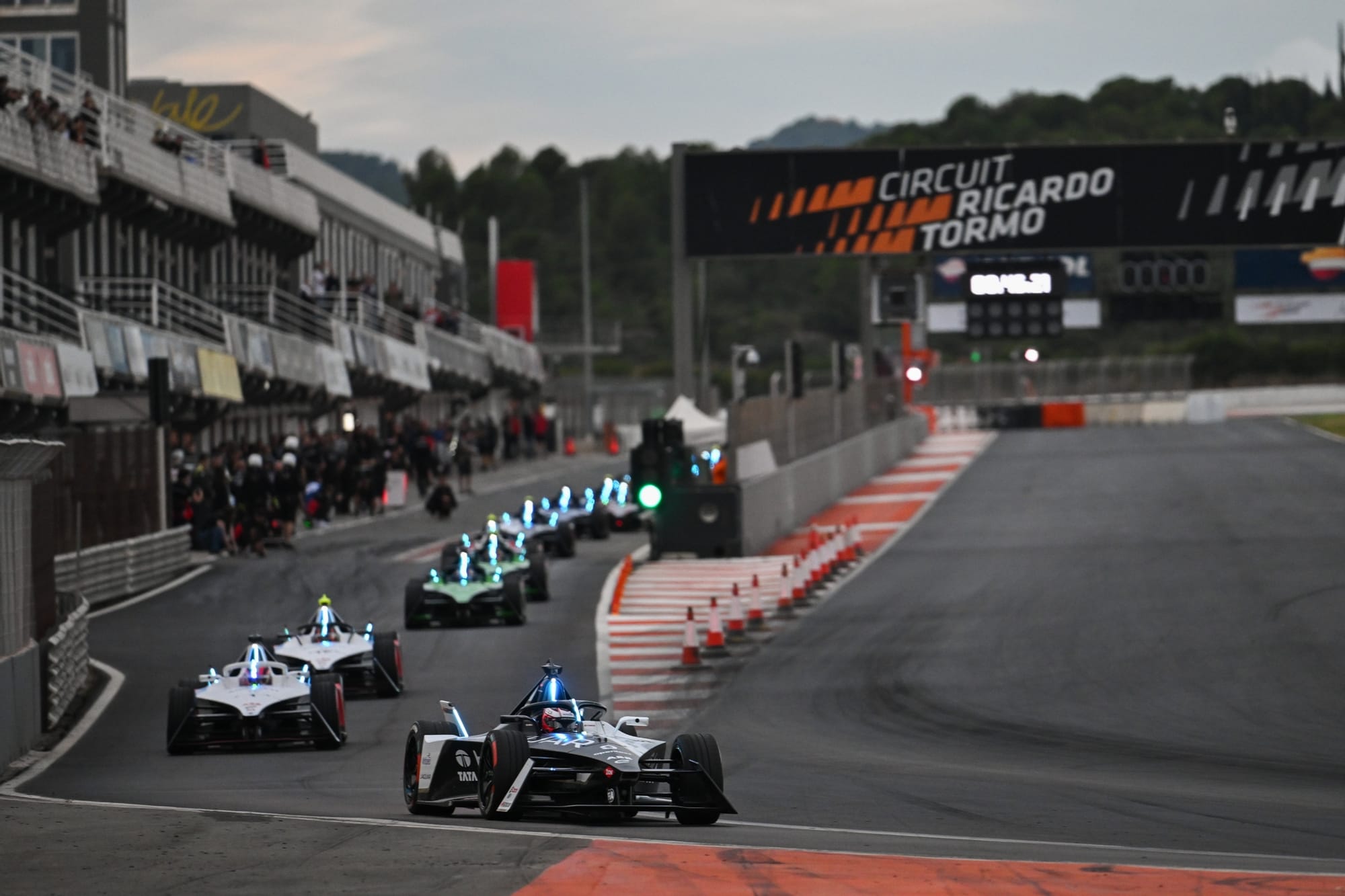
“From our point of view, we have a really skilled team here who are a big part of our success. So as always, you're looking to make sure you have succession planning in place and we have a really great team, who Phil was orchestrating but actually a lot of that team are here.
“It allows us a chance to expand some people's roles, and if needed in the future we may also look [externally], if we need to.”
In reality, Jaguar has built the tools and the teams it needs to win the Formula E title for several seasons now. Its new HQ is a tangible hand-in-glove element of that, as much as the signing of Gen3’s own smiling assassin Nick Cassidy is too.
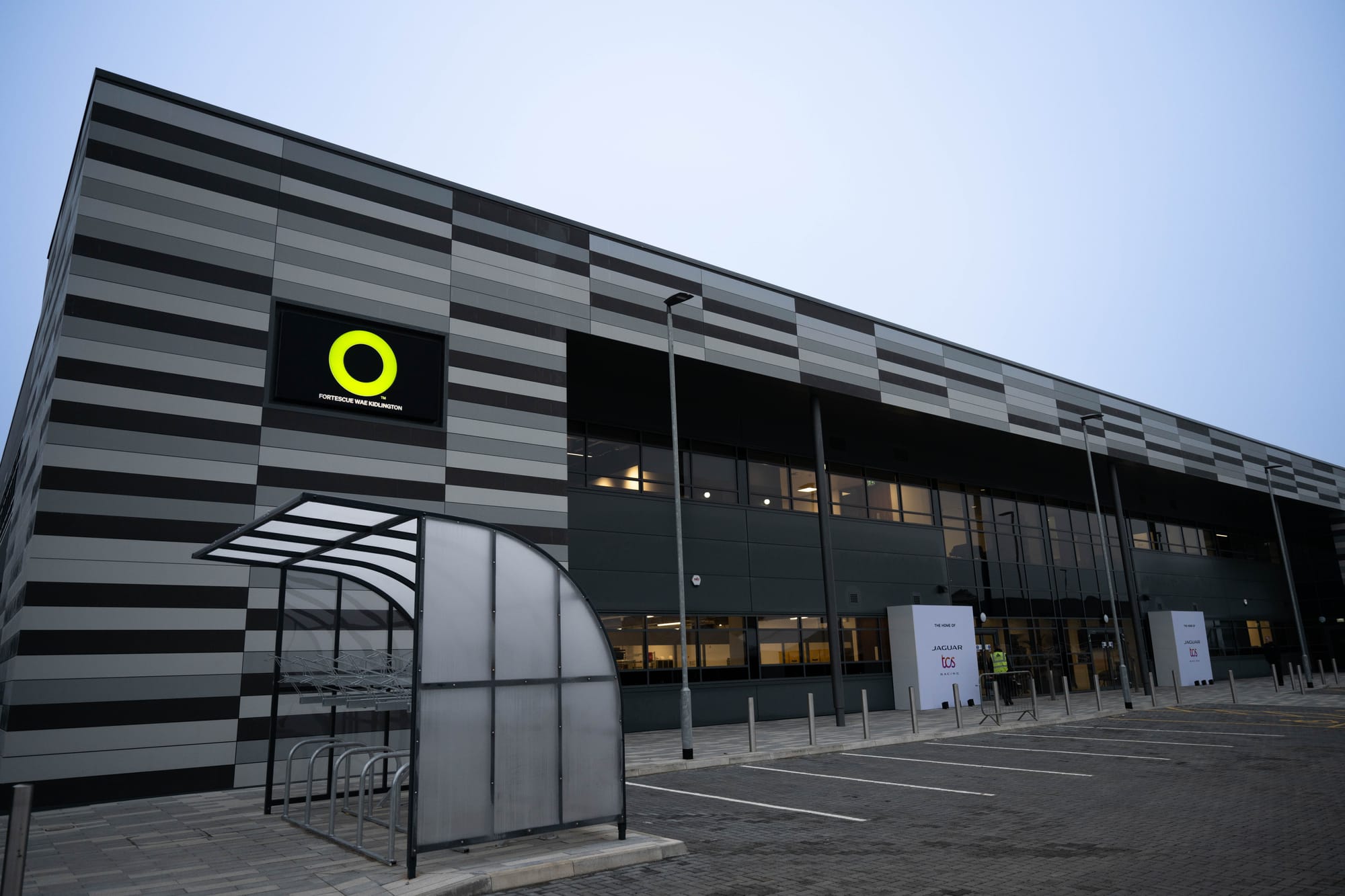
A three-minute walk away from the shiny new edifice of Jaguar's new state-of-the-art racing centre is a much less salubrious location in Kidlington.
That is where TWR was based in the heyday of its Group A and Group C heroics, where a glorious purple hue reflected some of the Big Cat’s most momentous projects and successes.
It’s very different 35-odd years on but the spirit remains. Jaguar is reimagining its racing DNA and it’s proving its initial detractors wrong with the scale, scope and evidence of its electric ambitions.

